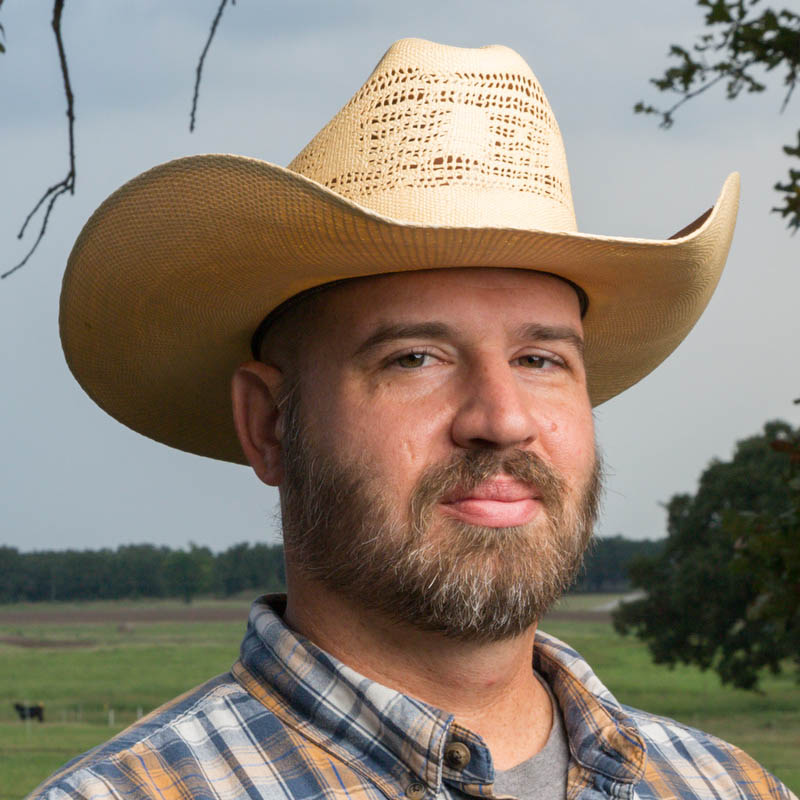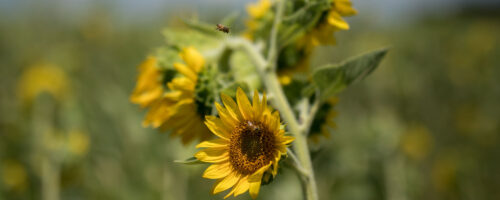The Great Cover Crop Test
An agricultural consultant took to the field when posed with a rancher’s question about cover crops.
Cover crops and I have grown pretty close during the past four to five years. The “recipes” for some of those first cover crop mixes I put together were little more than educated guesses based on what I knew about the familiar species and what I read about the less familiar ones.
During that time, many cover crop recommendations were being made by various advisers based on what was being done in places like Ohio or North Dakota, which was not necessarily relevant in the Southern Great Plains. It was at that time when an influential producer in North Texas challenged me with the question: “What do we really know about which cover crops work here?”
In 2014, we began working with several partners to evaluate the local adaptation of a broad suite of nearly 100 common and exotic cover crops offered by one of the leading vendors. To date, we have completed 18 site years of observations (four years of testing across eight sites; not every site was used each year).
In those plots, whenever an entry performed below average, it was not included the following year. Interestingly enough, some species we expected to surely work did not, while others unexpectedly performed well. We have also found that some species typically thought of as warm-season or cool-season can actually be planted and used in either season.
During these same years, I have also spent many hours observing cover crops in mixtures in producers’ fields. I have gained insight into how the different species affect the soil ecosystem and have seen how cover crops fit into different production systems, including grazing systems, across the region.
I have pared down to a short list of plants that I feel comfortable will perform well in any of the southern Oklahoma and North Texas environments in which I have planted them (find the list at Observations of 20-Plus Cover Crop Species). Going forward, we will begin looking more in-depth at this handful of species in additional replicated plots to gain more information on traits such as above-ground biomass, allelopathy (a plant’s ability to produce a herbicide-like quality), soil impacts and economics, among other things.
The cover crop learning curve has been steep, but these experiences have allowed me to provide better information to our producers, make better recommendations, and hopefully help advance the science of cover crops and soil health.




Comment